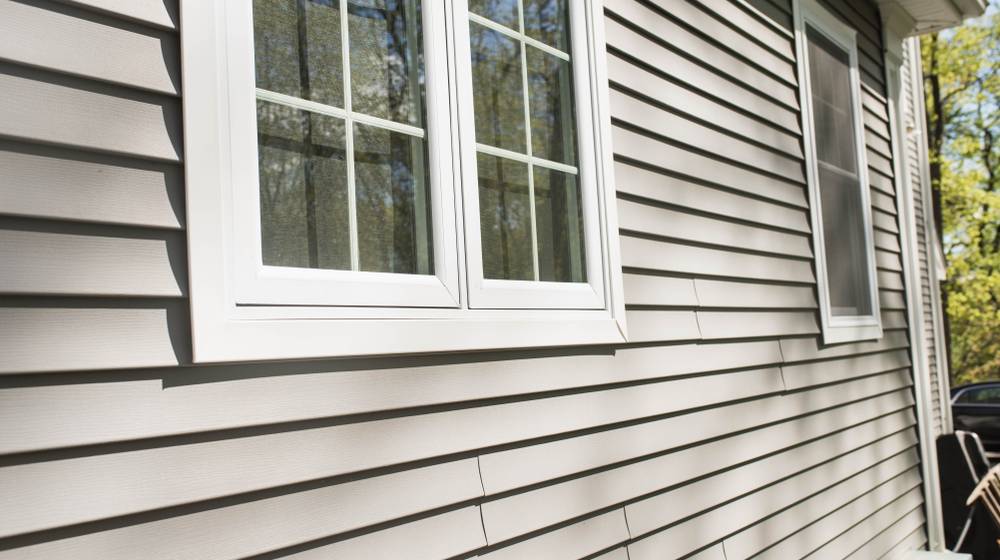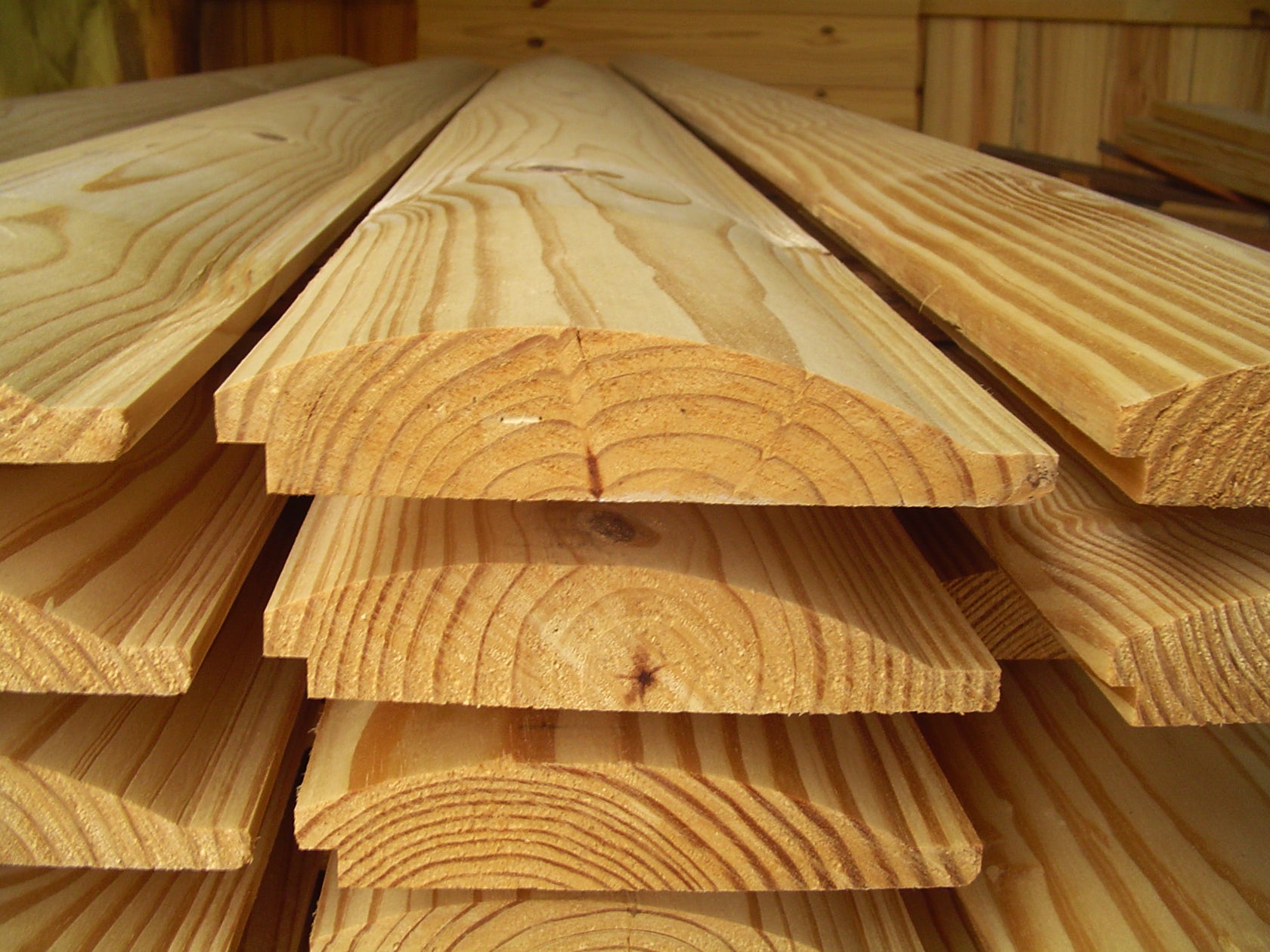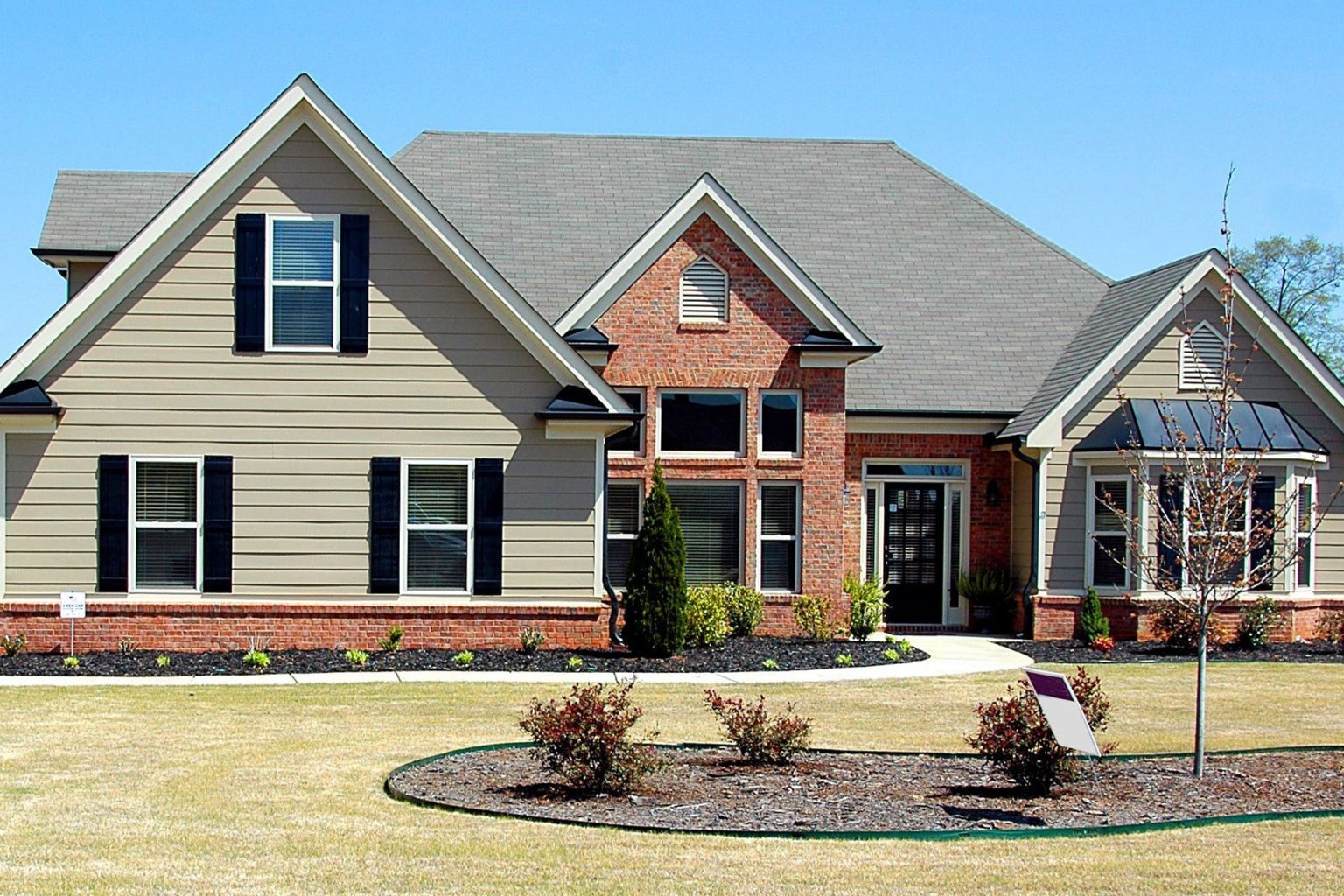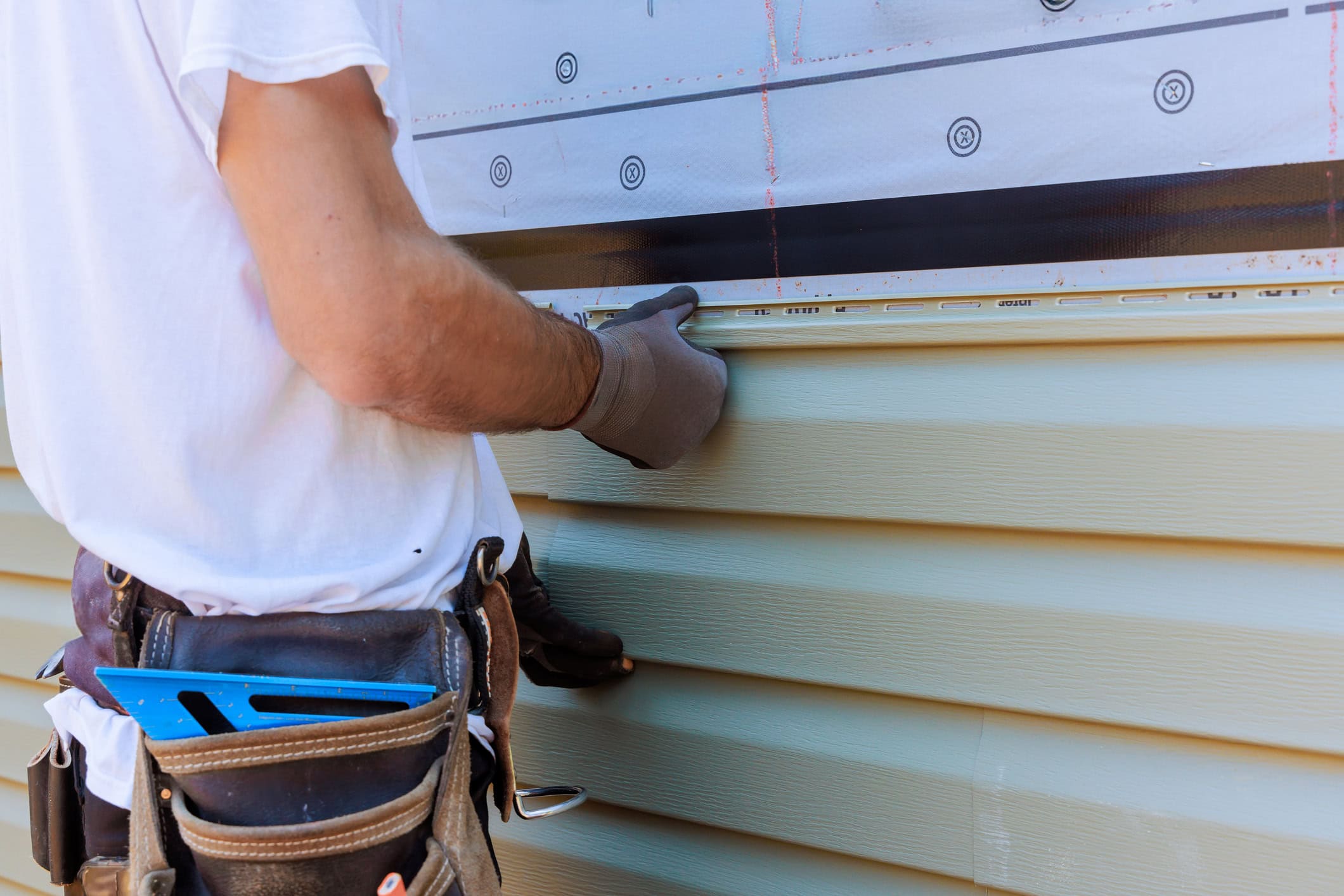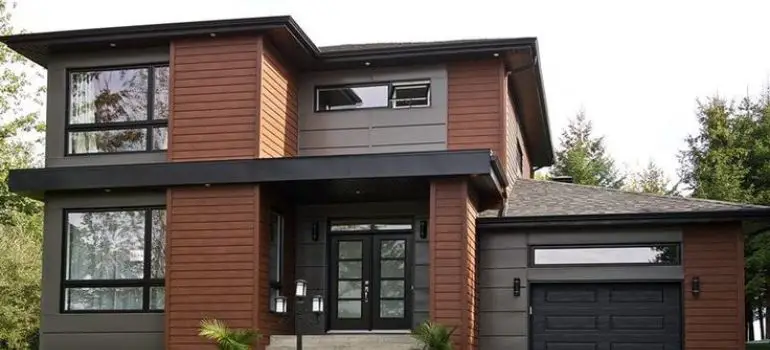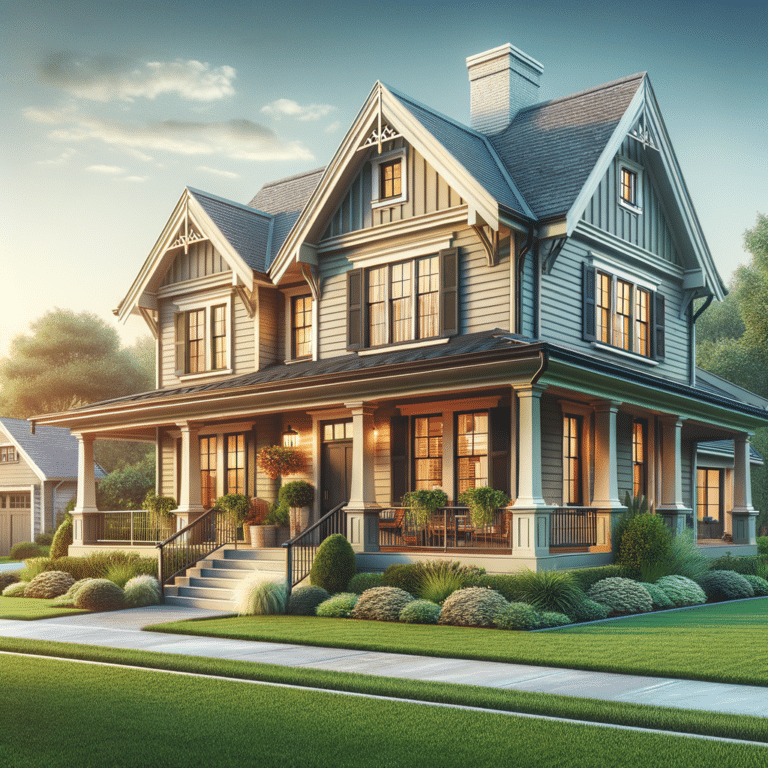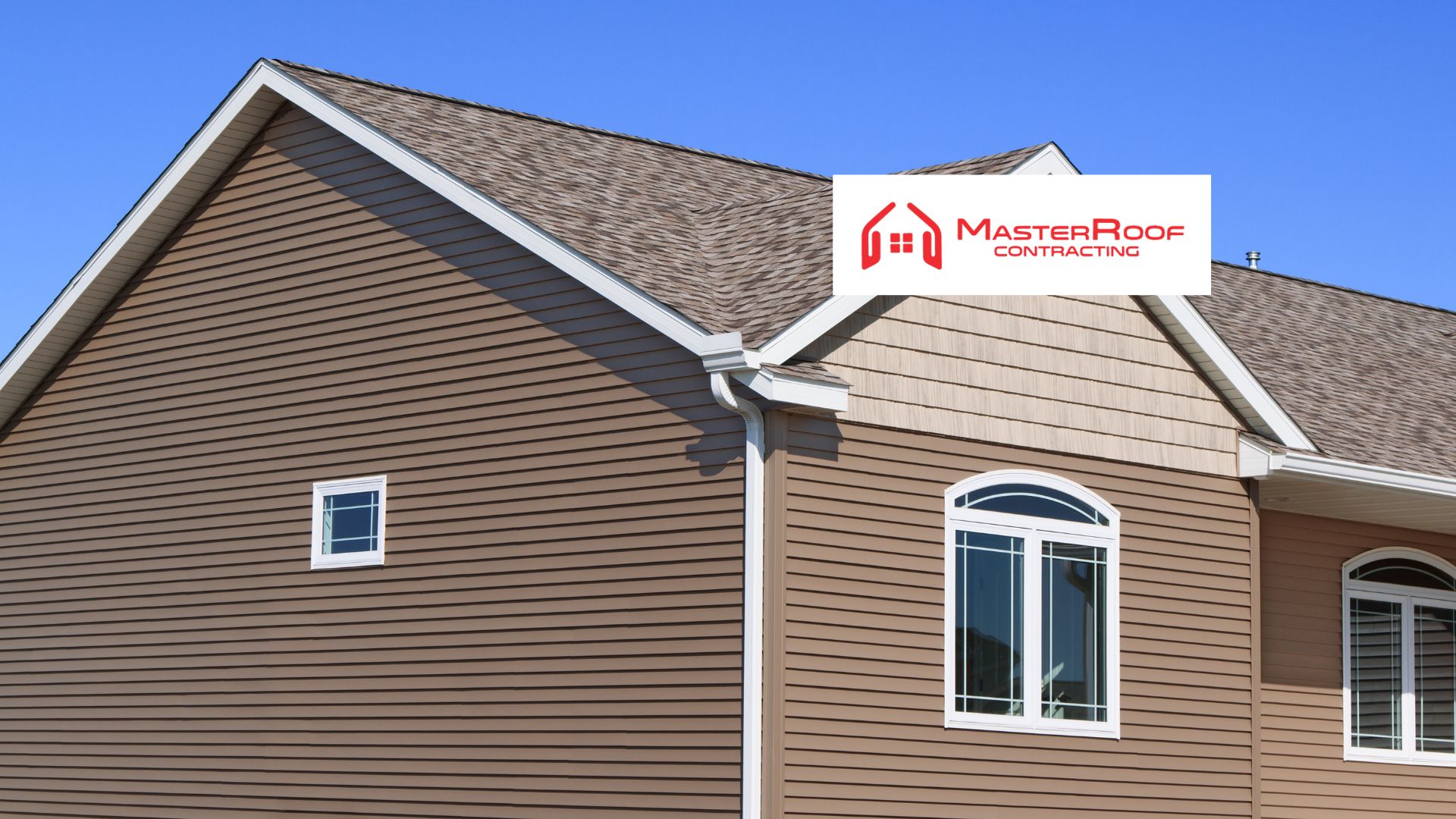Fiber Cement Siding: A Comprehensive Guide
Fiber cement siding represents a durable and aesthetically pleasing exterior cladding option for homes and buildings. This material, a composite of cement, cellulose fibers, and other additives, offers a compelling blend of strength, longevity, and low maintenance. Its history spans decades, with continuous improvements in manufacturing techniques and design leading to the diverse range of products available today.
From its inherent fire resistance and weather protection to its surprisingly versatile aesthetic appeal, fiber cement siding stands as a strong contender against traditional materials like wood and vinyl. This guide delves into the multifaceted aspects of fiber cement siding, covering installation, maintenance, cost considerations, and environmental impact, to provide a complete understanding of this popular building material.
Disadvantages of Fiber Cement Siding
While fiber cement siding offers numerous benefits, it’s crucial to acknowledge its potential drawbacks to make an informed decision. Understanding these limitations helps homeowners weigh the pros and cons effectively before committing to this siding option. This section will explore some key disadvantages related to installation, cost, and susceptibility to damage.
Installation Challenges
Fiber cement siding presents unique challenges during installation, primarily due to its weight and relative fragility. The material is significantly heavier than vinyl or aluminum siding, requiring more robust framing and potentially specialized tools for handling. Cutting fiber cement requires specialized tools like a wet saw to prevent dust inhalation and to ensure clean cuts. Improper cutting techniques can lead to splintering or cracking, compromising the siding’s integrity and aesthetics. The weight also necessitates extra care during handling and transportation to avoid breakage. Furthermore, the installation process is generally more time-consuming and labor-intensive than installing lighter materials, potentially increasing labor costs.
Cost Considerations
Fiber cement siding typically carries a higher initial cost compared to vinyl, aluminum, or even wood siding. This higher price reflects the material’s durability and longevity, but it’s a significant factor to consider when budgeting for a home exterior renovation. The increased cost is influenced by several factors: the material’s price itself, the specialized tools and skills required for installation, and potentially higher labor costs due to the increased installation time and complexity. For example, a 1,500 square foot home might see a cost difference of several thousand dollars between fiber cement and vinyl siding. This price disparity should be carefully weighed against the long-term cost savings potentially offered by fiber cement’s durability and low maintenance needs.
Susceptibility to Damage
While durable, fiber cement siding is not impervious to damage. It is susceptible to cracking or chipping from impacts, such as falling branches or accidental damage from tools or equipment. Extreme weather events, such as hailstorms, can also cause significant damage, potentially requiring costly repairs or replacements. While it resists rot and insect infestation, prolonged exposure to moisture, especially in areas with frequent freeze-thaw cycles, can lead to degradation over time. The risk of damage can be mitigated through careful installation, appropriate maintenance, and potentially the use of protective coatings or sealants, but these add to the overall cost.
Installation and Maintenance of Fiber Cement Siding
Fiber cement siding offers a durable and attractive exterior cladding option, but its longevity and aesthetic appeal depend heavily on proper installation and consistent maintenance. Understanding the intricacies of both processes is crucial for maximizing the lifespan and value of this investment. This section details the steps involved in installation, best practices for maintenance, necessary tools, and common pitfalls to avoid.
Fiber Cement Siding Installation
Proper installation of fiber cement siding requires precision and attention to detail. A poorly installed system can lead to premature damage, water infiltration, and costly repairs. The following steps outline a typical installation process:
- Preparation: Begin by thoroughly inspecting the existing wall structure for any damage or irregularities. Repair any issues, ensuring a smooth and level surface for siding installation. This might involve patching cracks, replacing rotted wood, and leveling uneven surfaces.
- Framing and Sheathing: Install appropriate sheathing, typically plywood or OSB, over the wall framing. Ensure the sheathing is properly fastened and sealed to prevent moisture penetration.
- Flashing and Water Barriers: Install flashing around windows, doors, and other penetrations to prevent water from entering the wall cavity. A water-resistant barrier, such as house wrap, should be applied over the sheathing to provide an additional layer of protection.
- Siding Installation: Start at a corner or a designated starting point, adhering to the manufacturer’s recommended installation guidelines. Use appropriate fasteners and spacing to allow for expansion and contraction. Ensure proper overlap between siding panels for water tightness.
- Trim and Accessories: Install trim pieces, such as corner boards, J-channels, and window/door casings, to complete the installation and provide a finished look. These pieces should be carefully aligned and sealed to prevent water intrusion.
- Caulking and Sealing: Apply high-quality caulking to seal all seams and joints, ensuring a watertight barrier. This is crucial in preventing moisture damage.
Tools and Equipment for Installation
Successful fiber cement siding installation necessitates the use of appropriate tools and equipment. These include:
- Measuring tape and level
- Circular saw or miter saw (for cutting siding panels)
- Drill and appropriate drill bits
- Nail gun (for efficient fastening)
- Safety glasses and hearing protection
- Caulk gun and high-quality caulk
- Ladder and scaffolding (as needed)
- Utility knife
Common Installation Mistakes to Avoid
Several common mistakes can compromise the integrity and longevity of fiber cement siding. Avoiding these errors is essential for a successful installation:
- Improper flashing and sealing: Inadequate flashing and sealing around windows, doors, and other penetrations can lead to water damage.
- Incorrect fastener spacing: Using incorrect fastener spacing can result in cracking or buckling of the siding due to expansion and contraction.
- Neglecting proper ventilation: Lack of adequate ventilation behind the siding can trap moisture, leading to mold and mildew growth.
- Improper cutting techniques: Using incorrect cutting techniques can damage the siding and compromise its structural integrity.
- Failing to account for expansion and contraction: Fiber cement siding expands and contracts with temperature changes. Failure to account for this can lead to cracking and buckling.
Fiber Cement Siding Maintenance
Regular maintenance is key to preserving the beauty and functionality of fiber cement siding. A simple cleaning routine can prevent damage and extend the life of the siding significantly.
Cleaning should be performed at least once or twice a year, depending on environmental conditions. A solution of mild detergent and water, applied with a soft-bristled brush or pressure washer (using a low-pressure setting), is generally sufficient. Always rinse thoroughly with clean water to remove any soap residue. For stubborn stains, a specialized siding cleaner may be necessary. Avoid abrasive cleaners or scrubbing brushes that could scratch the surface.
Tools and Equipment for Maintenance
Maintenance of fiber cement siding requires relatively simple tools:
- Garden hose with a spray nozzle
- Soft-bristled brush or sponge
- Mild detergent
- Bucket
- Ladder (if necessary)
Types and Styles of Fiber Cement Siding
Fiber cement siding offers a diverse range of styles and textures to complement various architectural designs and homeowner preferences. Understanding these options is crucial for selecting the ideal siding to enhance both the aesthetic appeal and longevity of a home. This section details the available styles, color and finish choices, and provides a comparison of prominent manufacturers and their product lines.
Fiber Cement Siding Styles and Textures
Fiber cement siding manufacturers offer a variety of styles designed to mimic other materials, providing the durability of fiber cement with the visual appeal of wood, stone, or stucco. Common styles include lap siding (resembling traditional wood clapboard), shingle siding (with individual shingle-like pieces), and vertical siding (for a more modern look). Textures can range from smooth to deeply textured, offering a variety of visual interests and mimicking the look of natural materials. For instance, some manufacturers offer siding with a wood-grain texture that closely replicates the appearance of real wood, while others create a rough-hewn stone-like finish.
Color and Finish Options in Fiber Cement Siding
Fiber cement siding is available in a broad spectrum of colors and finishes. Manufacturers typically offer a standard palette of neutral colors, such as various shades of gray, beige, and brown. However, many also provide custom color-matching services, allowing homeowners to select a specific color to perfectly match their home’s design or personal preferences. Finishes range from smooth, matte surfaces to textured finishes that provide added depth and visual interest. Some manufacturers offer finishes designed to resist fading and staining, enhancing the siding’s longevity and reducing the need for frequent maintenance.
Comparison of Fiber Cement Siding Manufacturers and Product Lines
Several leading manufacturers offer a wide variety of fiber cement siding products, each with its unique features and characteristics. While specific product lines and availability can vary by region, a general comparison highlights key differences. Direct comparisons require referencing current manufacturer specifications as product lines and offerings are subject to change. The following table offers a simplified overview; always consult the manufacturer’s website for the most up-to-date information.
| Manufacturer | Product Name | Style | Key Features |
|---|---|---|---|
| James Hardie | HardiePlank® | Lap Siding, Vertical Siding, Shingles | ColorPlus® Technology (factory-applied finish), various textures, long warranty |
| CertainTeed | Cedar Impressions® | Lap Siding, Shingles | Realistic wood grain texture, wide color selection, moisture resistance |
| Nichiha | Variety of lines (e.g., Reveal®, Artisan®) | Lap Siding, Vertical Siding, Panels | Modern designs, large format panels, various textures and colors |
| Allura | Various lines | Lap Siding, Vertical Siding, Shingles | Focus on durability and performance, wide range of color and texture options |
Environmental Impact of Fiber Cement Siding
Fiber cement siding presents a complex environmental profile, encompassing both advantages and disadvantages related to its production, lifespan, and eventual disposal. Understanding this impact requires a balanced assessment of its manufacturing process, material composition, and comparison to alternative building materials.
The environmental impact of fiber cement siding is multifaceted. Its production involves energy consumption for manufacturing and transportation, as well as the potential release of particulate matter and other emissions during the manufacturing process. However, the long lifespan and durability of fiber cement siding contribute to a reduced overall environmental impact compared to materials requiring more frequent replacement.
Manufacturing Process and Emissions
The manufacturing process of fiber cement siding begins with the sourcing of raw materials: cement, cellulose fibers (often wood pulp), and silica sand. Cement production is a significant source of greenhouse gas emissions, primarily carbon dioxide, due to the high temperatures required in the kilns. The transportation of these raw materials to the manufacturing facility also contributes to the overall carbon footprint. The mixing process combines these ingredients with water, and the resulting slurry is formed into the desired shapes and thicknesses. These are then cured, typically under high pressure and temperature, to achieve the final strength and durability. This curing process can also release certain volatile organic compounds (VOCs) into the atmosphere, although modern manufacturing techniques aim to minimize these emissions through improved kiln efficiency and emission control technologies. Finally, the finished siding undergoes finishing processes such as painting or texturing before being packaged and shipped to building sites. Minimizing transportation distances and utilizing more efficient transportation methods can lessen the environmental impact of this final stage.
Sustainability and Recyclability
Fiber cement siding boasts a relatively long lifespan, often exceeding 50 years, reducing the need for frequent replacements and associated material extraction and manufacturing processes. While not readily recyclable in the same way as some metals, fiber cement siding can be crushed and used as an aggregate in certain construction applications, such as road base material. This offers a pathway for diverting waste from landfills. The use of recycled materials in the manufacturing process, such as fly ash (a byproduct of coal combustion) in place of some cement, also contributes to sustainability. The extent of this recycling varies depending on local infrastructure and regulations.
Comparison to Alternative Materials
Compared to alternatives like vinyl siding, fiber cement siding generally demonstrates a lower overall environmental impact over its lifecycle. Vinyl siding, while initially cheaper, often requires replacement more frequently, leading to a higher cumulative environmental burden. Wood siding, while a renewable resource, often requires significant treatment with chemicals for pest and weather protection, introducing another set of environmental concerns. The comparison to metal siding is more nuanced; while metal siding has a long lifespan and is recyclable, its production requires significant energy input. The ultimate environmental preference between fiber cement and metal siding depends on specific manufacturing processes and the transportation distances involved.
Cost Considerations for Fiber Cement Siding
Fiber cement siding offers a durable and attractive exterior cladding option, but its cost is a significant factor homeowners must consider before installation. Understanding the various cost components and influencing factors can help you budget effectively and make informed decisions. This section will break down the cost of fiber cement siding, offering insights into material expenses, labor charges, and long-term value.
Estimating the total cost involves assessing both materials and labor. Material costs depend on the type of fiber cement siding chosen (e.g., panels, shingles, shakes), its thickness, color, and texture. Higher-end options with intricate designs or specialized finishes will naturally command a higher price. Labor costs vary based on the project’s complexity, the size of the house, and the contractor’s rates. Factors like the need for extensive demolition, difficult access points (e.g., multiple stories, irregular shapes), and the amount of trim work significantly impact labor expenses. A straightforward project on a single-story ranch home will typically cost less than a complex renovation on a multi-story Victorian.
Material Costs
Material costs constitute a substantial portion of the overall expense. For example, a typical 1,500 square foot home might require approximately 1,800-2,000 square feet of fiber cement siding to account for waste and overlaps. Prices per square foot vary depending on the brand, type, and features. Expect to pay anywhere from $2 to $8 per square foot for the siding itself. This excludes additional materials such as trim, flashing, fasteners, and underlayment, which can add another $1-$3 per square foot to the total. Therefore, material costs alone could range from $3,600 to $16,000 or more, depending on the choices made.
Labor Costs
Labor represents a considerable portion of the total project cost. Contractors typically charge by the square foot, and rates can fluctuate based on geographical location, experience level, and demand. Expect to pay anywhere from $2 to $6 per square foot for labor, potentially more in areas with high labor costs or for complex projects. For a 1,500 square foot home, labor costs could fall between $3,000 and $9,000. It’s crucial to obtain multiple bids from reputable contractors to ensure you’re receiving a fair price.
Project Size and Complexity
The size of your home and the complexity of the installation are major cost drivers. Larger homes naturally require more materials and labor, leading to higher costs. Intricate architectural details, such as numerous dormers, bay windows, or multiple levels, add to the complexity and increase both material and labor expenses. A simple, rectangular home will generally be less expensive to side than a home with complex angles and architectural features. For instance, siding a two-story home with multiple gables will cost significantly more than siding a single-story ranch.
Long-Term Cost-Effectiveness
While the initial investment in fiber cement siding is higher than some alternatives (like vinyl), its long-term cost-effectiveness is undeniable. Fiber cement’s superior durability, resistance to pests and rot, and minimal maintenance needs translate into significant savings over its lifespan. It requires less frequent repairs and replacements compared to vinyl or wood siding, offsetting the higher upfront costs over the long run. For example, a homeowner might avoid costly repairs or replacements needed every 10-15 years with vinyl or wood, saving thousands of dollars over the decades.
Cost-Saving Tips for Fiber Cement Siding Projects
Careful planning and strategic choices can help mitigate costs.
- Choose a simpler design: Avoid overly intricate designs or textures to reduce material costs and labor time.
- Shop around for materials: Compare prices from different suppliers to find the best deals.
- Consider DIY (with caution): If you have experience with home improvement, some aspects of the installation might be manageable as a DIY project, but remember that professional installation ensures a longer-lasting and better-looking result.
- Time your project strategically: Contractors’ rates might fluctuate seasonally. Scheduling during the off-season could potentially lead to lower labor costs.
- Negotiate with contractors: Don’t be afraid to negotiate prices with multiple contractors to secure the best possible deal.
Visual Examples of Fiber Cement Siding
Fiber cement siding offers a remarkable versatility in aesthetic appeal, allowing homeowners to achieve a wide range of architectural styles and visual effects. The choice of color, texture, and siding profile significantly impacts the overall look of a home. The following examples illustrate the transformative power of fiber cement siding.
Fiber Cement Siding on a Victorian Home
Imagine a charming Victorian home, its intricate gingerbread trim highlighted by deep, rich brown fiber cement siding. The siding itself features a subtle wood grain texture, mimicking the look of aged cedar shakes without the maintenance. The deep brown is accented by crisp white trim around the windows and doors, creating a striking contrast that emphasizes the architectural details. The color palette evokes a sense of timeless elegance and warmth.
Fiber Cement Siding on a Ranch Style Home
A classic ranch-style home takes on a modern twist with smooth, light gray fiber cement siding. The clean lines of the siding complement the simple, functional design of the house. The absence of pronounced texture creates a sleek, contemporary feel. The light gray is a neutral backdrop, allowing for pops of color in the landscaping and accents on the porch. This creates a calming and sophisticated aesthetic.
Fiber Cement Siding on a Farmhouse Style Home
A rustic farmhouse style is beautifully enhanced by fiber cement siding that mimics the look of weathered barn wood. The siding features a pronounced, rough-hewn texture and a warm, grayish-brown color palette that suggests age and character. The slightly irregular surface adds depth and visual interest, complementing the overall charm of the farmhouse aesthetic. This siding choice perfectly embodies the cozy and inviting feel of a traditional farmhouse.
Impact of Different Siding Profiles
The selection of siding profile significantly influences the overall aesthetic of a home. Lap siding, with its horizontal, overlapping planks, creates a classic and timeless look, suitable for a wide range of architectural styles. Shake siding, mimicking the appearance of natural wood shakes, provides a more rustic and textured feel, ideal for homes with a craftsman or farmhouse aesthetic. Board-and-batten siding, with its vertical planks and exposed battens, offers a clean, modern look, often chosen for contemporary or minimalist designs. The interplay between the siding profile and the color palette determines the final visual impression. For example, a bold color with lap siding can create a striking statement, while a muted tone with shake siding can enhance a sense of tranquility.
Last Point
Ultimately, the decision to use fiber cement siding hinges on a careful weighing of its advantages and disadvantages within the context of your specific project. While the initial cost might be higher than some alternatives, the long-term benefits of durability, low maintenance, and fire resistance often make it a cost-effective choice. Understanding its properties, installation nuances, and potential drawbacks empowers homeowners and builders to make informed decisions, resulting in a beautiful and resilient exterior for years to come.
